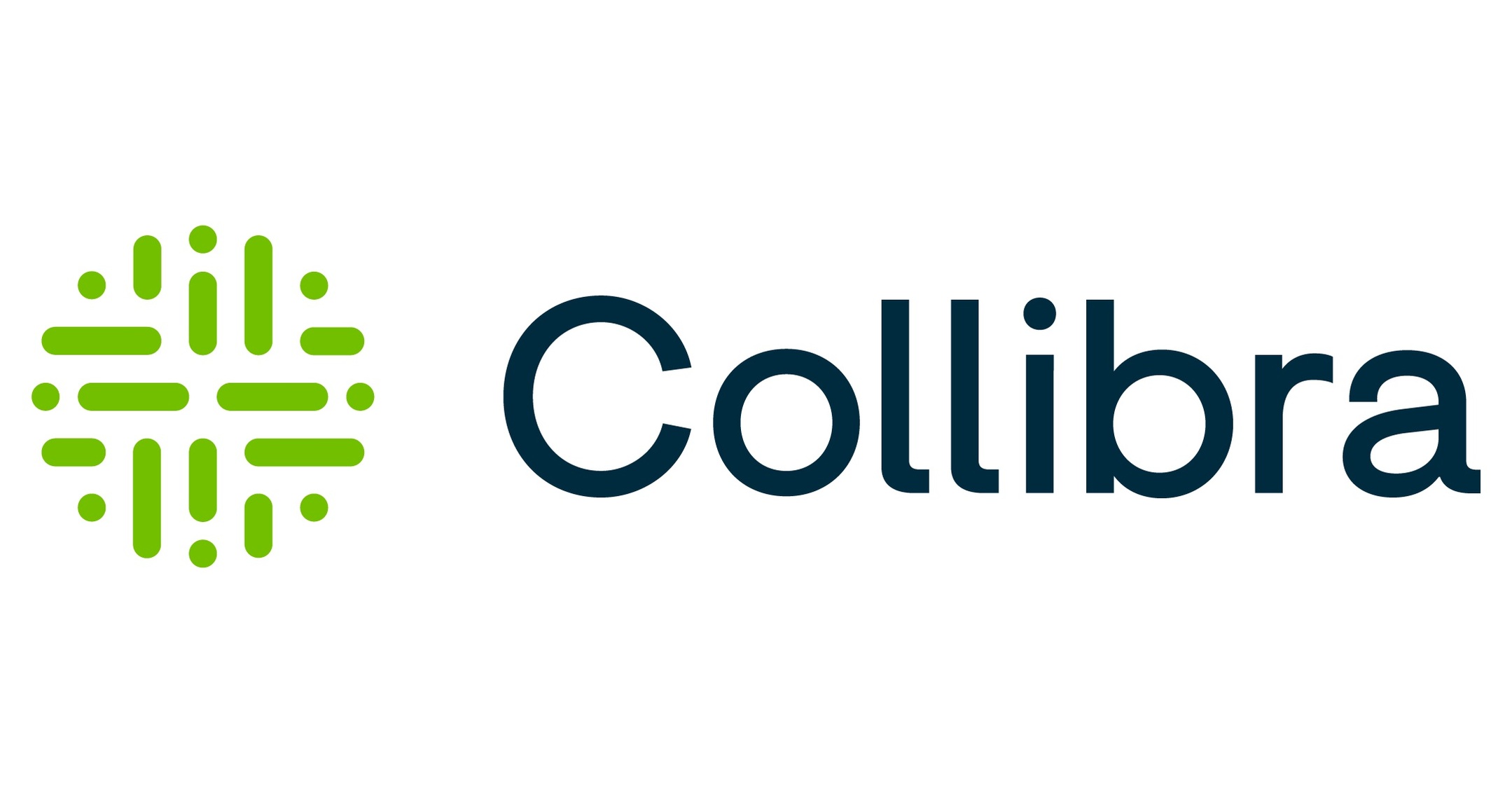Red Hat CEO on AI moves and source code kerfuffle
[ad_1]
Red Sea crisis has affected perishables industry, says Triton Logistics CEO

At the recent Red Hat Summit, the company unveiled several significant announcements that highlight its strategic direction and focus areas for the future. One major announcement was the introduction of OpenShift AI, a move aimed at enhancing the platform’s capabilities to accommodate the growing demand for integrating AI workloads into OpenShift-running applications. This aligns with Red Hat’s overarching objective of positioning itself as the go-to platform for infrastructure managers and application developers operating in distributed IT environments spanning public and private clouds, as well as the network edge.
Furthermore, Red Hat reiterated its commitment to the open hybrid cloud model, recognizing the hybrid nature of AI workloads. Enterprises are increasingly grappling with the challenge of managing diverse workloads, including cloud-native, traditional, and AI applications. Red Hat’s announcements at the summit underscore its efforts to lay the groundwork for effectively managing such hybrid workloads and supporting organizations in navigating the complexities of hybrid architectures.
In addition to focusing on workload diversity, Red Hat emphasized the importance of secure supply chains in the context of evolving technology stacks. The company highlighted the necessity of ensuring the security of the underlying technology foundation, regardless of whether it is deployed on-premise, in public clouds, or at the edge. This emphasis on secure supply chains becomes especially crucial as data moves beyond traditional data centers, necessitating robust security measures to safeguard against potential vulnerabilities and threats.
[ad_2]

Overall, the announcements made at the recent Red Hat Summit underscore the company’s strategic priorities, including enabling hybrid cloud environments, supporting AI workloads, and prioritizing security in technology deployments. These initiatives reflect Red Hat’s ongoing commitment to innovation and its dedication to addressing the evolving needs of its customers in an increasingly complex and dynamic IT landscape.
Addressing the challenges of AI, particularly in terms of explainability, presents a multifaceted approach. Red Hat’s collaboration with IBM on Ansible Lightspeed exemplifies one facet, focusing on domain-specific AI generation capabilities. This collaboration enables functionalities like generating playbooks based on user requests, showcasing the practical application of AI within specific domains such as Ansible. Despite the broad applicability of models like ChatGPT, this targeted approach highlights the effectiveness of AI solutions when tailored to specific use cases.
Regarding the issue of sourcing in the open-source realm, Red Hat places significant emphasis on transparency and legality, especially concerning the source of AI suggestions. Given the complexities of licensing, copyright, and trademark laws, ensuring compliance is paramount. Red Hat’s dedication to illustrating what is feasible underscores its commitment to ethical and legal considerations in AI development and implementation.
[ad_3]
In practice, the process of managing AI solutions intersects with various aspects of software development and deployment. Red Hat’s expertise in DevOps tasks, facilitated by platforms like OpenShift, enables efficient handling of tasks such as source code management, peer review, and code publication. This comprehensive suite of tools empowers developers to seamlessly transition code from development environments to production, enhancing the reliability and scalability of AI solutions within the broader software ecosystem.
Understanding the foundational model of an AI is crucial, as it sets the tone for disciplined usage. This is particularly significant for generative AI, where transparency about the data, training procedures, and any modifications or prompts employed is essential. To ensure the reliability of AI outputs, rigorous monitoring and validation are imperative before deployment. However, a significant challenge arises from the dynamic nature of AI, necessitating continuous monitoring and potential retraining due to rapid changes in data and models. This parallels the iterative nature of software development, where retraining occurs with similar frequency to code creation, underscoring the ongoing need for vigilance and adaptation in AI implementation.
The specificity of IBM’s Ansible-focused model necessitated stringent oversight measures. To ensure precise attribution, IBM limited the scope of its training data, opting for a targeted approach rather than training on all publicly available data. This stands in contrast to approaches that result in large parameter models, making attribution challenging. Alternatively, platforms like Hugging Face offer specialized models tailored to specific domains, providing a foundation for further customization.
Red Hat’s objective is to enhance discipline in AI implementation by scrutinizing data modifications, retraining processes, and publication methods. Understanding the nuances of these aspects enables better control over model outcomes. As AI training progresses, the focus is shifting towards the inference domain, where iterative refinement becomes paramount. Looking ahead, the emphasis will likely continue to evolve towards enhancing the iterative process to ensure AI models remain relevant and effective.
[ad_4]







